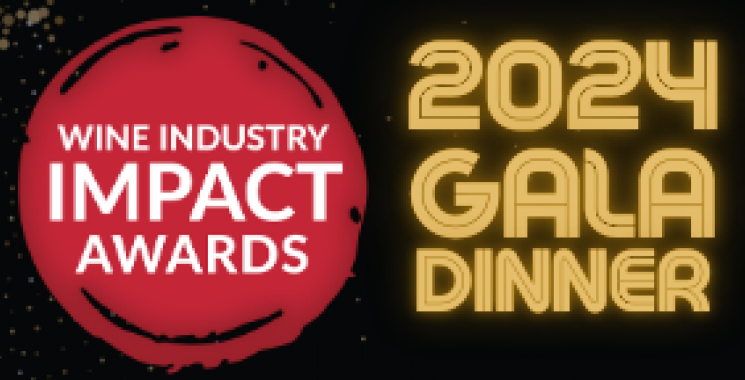
BHF Technologies
Globally, winemakers are struggling with the effects of a warming climate on vineyards and, by extension, the fruit they are making wines from. A warmer climate creates an imbalance in the sugar accumulation, phenological ripeness and natural acidity such that wines trend toward ever increased alcohol levels and require greater acid inputs at harvest, which has been well documented for Australian wines over the last 30 years. Higher ripening of the fruit can also increase the likelihood of stuck fermentations due to the correspondingly high alcohol production. Yeasts vary in their efficiency in converting sugars to alcohol according to their genetic composition. A new genetic targeting technique (QTL; Qualitative Trait Locus; non-GMO) has been employed whereby yeasts can be screened at the genetic level to enable preselection for specific real-world traits, in this case for lower alcohol production and higher secondary metabolite production. The result of this process over the last 5 years is the commercial yeast Excellence Celsius™, which produces less alcohol than other yeast strains. This is achieved by Excellence Celsius™ converting some of the juice/must sugar to secondary metabolites during fermentation, specifically L-malic acid and glycerol. Both are positive contributors to the final wine in different ways. BHF and its partner Lamothe-Abiet have provided a new product to the Australian wine industry to address three real problems arising from a warming climate: higher alcohol, low acidity and higher pH. Australian winemakers can now continue to ripen their grapes to the required flavour level according to market and stylistic requirements, but still produce wines of lower alcohol. Extra benefits are delivered in that this can be achieved at reduced production cost, plus wine acidity and freshness are increased with additional mouthfeel. It is actually cheaper to make wine using Excellence Celsius™ than a standard wine yeast. Excellence Celsius™ is suitable for the production of white, red and rosé wines, and is thus a useful winemaking tool relevant to all winemakers across Australia.

